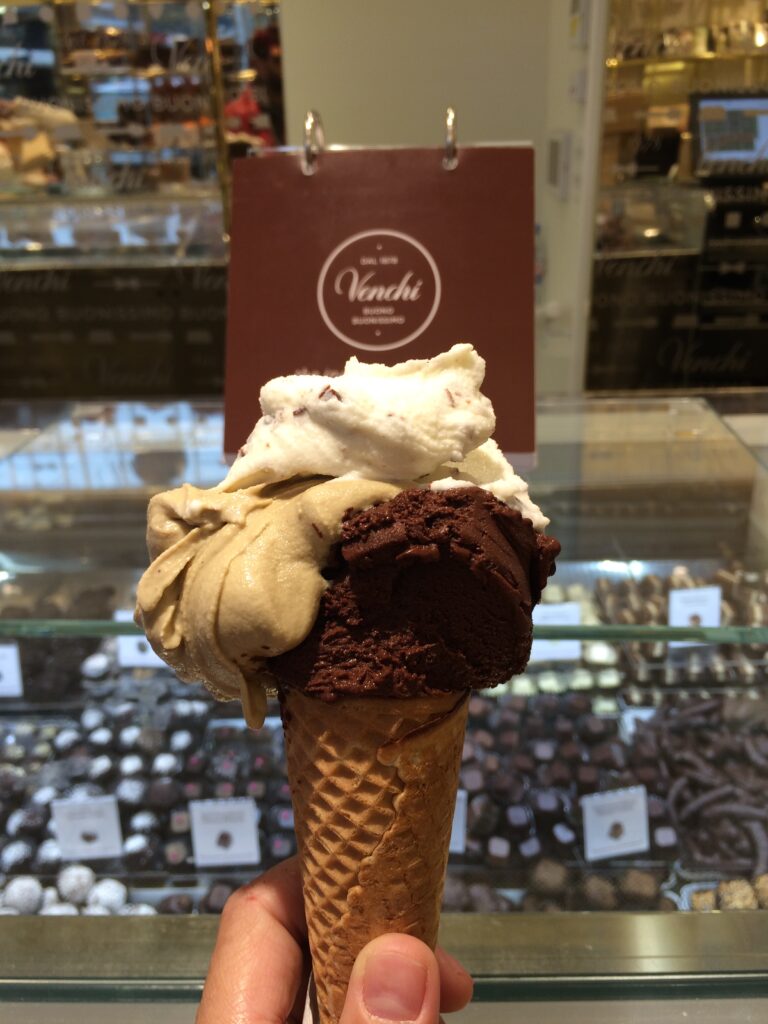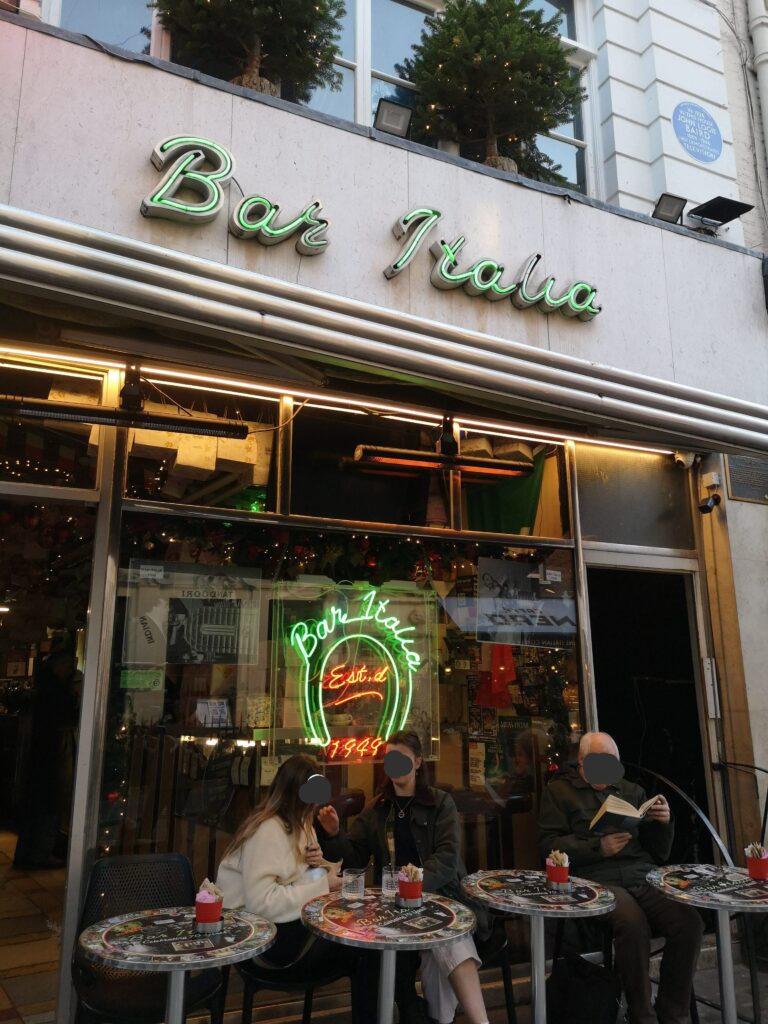
My Best Gelato Places in London
London’s gelato scene has flourished in recent years, offering a range of traditional Italian gelaterias alongside modern, innovative spots that cater to every palate. Whether you’re a fan of rich, creamy scoops or refreshing, fruity sorbets, the city has something for everyone. Here’s a guide to my top gelato places in London, each bringing a […]
My Best Gelato Places in London Read Post »
